Contents
Welcome, sir Christmas,
Welcome to us all, both more and less
Come near, Nowell!
From a carol attributed to Richard Smart,
Rector of Plymtree, Devon, 143577

So entrenched is the view that the modern Christmas has its origins in Victorian times that it comes as a shock to realise that many of the customs we enjoy during the festive season date back to the Middle Ages or earlier. In the medieval period, people gave gifts, sang carols, decorated their homes, overindulged in seasonal food and drink and had their own Father Christmas, known then as St Nicholas. With its lengthy preparations and many saints days to mark, their Christmas season could last even longer than the modern holiday.
What is more, the medieval Christmas was quite literally a magical time. Most of the important Christmas dates began as powerful pagan celebrations that had been Christianised, although people could not give up the old customs completely and still cast their divination and fertility spells, now using the symbols of Christianity. Lost souls might wander the dark woods, demons might enter the house and cause chaos, but Christmas was the only time when Jesus Christ could also come into every home and drive away the pixies and sprites that threatened to mar the seasons joy. The old and the new merged. Saints were honoured in place of the old gods, the old magic became Gods miracles and pagan festivals assumed a new life as Christian feasts. The feast of Christmas, with its story of the birth of the Saviour who redeemed mankind from sin and death, was thus harmoniously woven into the fabric of an older tradition, albeit one that still lingered in memories of the past.

A French-influenced fool in his habit de fou with bells. (Bodleian Library, Oxford: MS Laud.lat 114, f. 71)
When we celebrate Christmas, we should remember those joyful medieval festivities. Just as now, so people then would have exchanged gifts, risen early on Christmas Day, gone to church and prepared a feast with roasted birds or boar, spiced alcoholic wassail and rich fruit cakes. They would have played games, often a shade more dangerous than their modern counterparts, danced and sung and looked forward to the year to come. The medieval Christmas was a lively, vibrant time, eagerly anticipated in the dark months of winter. There were few who did not try to mark it in some way, even the poorest, and incorporating their traditions can serve to enrich our own Christmases.
Chapter One
Mummers, Mysteries
and Miracles

The History of Mystery and Miracle Plays
The medieval mystery and miracle plays performed at Christmas re-enacted Bible stories and were among some of the most popular entertainments of the Christmas season. They were probably based on an earlier form of religious theatre, the liturgical drama that first appeared in the tenth and eleventh centuries as a means of helping ordinary people learn biblical tales, consisting of very short plays in the vernacular as well as Latin, which gave the common man a chance to understand what was happening.
These early medieval plays were originally performed by monks, but problems soon arose with some of the subjects; for instance, the story of the Massacre of the Innocents posed the question of whether it was right for a monk to represent the evil King Herod. Was it even spiritually sound to portray such a vile act within the walls of a church? The liturgical dramas never went further than the original few short lines, but they served to open up a whole new dimension of entertainment. Secular performers had already started to develop new plays, so the atmosphere was ripe for the mystery and miracle plays to flourish.
As far as we know, the oldest such play was written by Abbot Geoffrey of St Albans in 1110. Taking St Katherine as its subject, it was performed in Dunstable, where the Abbot taught. In the years that followed, many mystery and miracle plays were created, and eventually the whole story of the Bible from the Creation to Christs crucifixion and resurrection and, finally, Doomsday was enacted.
The difference between the two types of play was that the mysteries described the stories of the Old and New Testaments, including those of Cain and Abel, Noahs flood and the Nativity. The miracles, on the other hand, told of the lives of the saints. The miracle plays could be performed in conjunction with the mysteries or as separate short pieces, as was the case with the one about St Katharine.

Pageants
The mystery plays were gathered together in cycles, which related the whole of the Bible. The entire cycle was performed in one day, usually close to Christmas or around Easter, the two most important Christian dates in the church calendar. At Christmas time, they brought life to the dark nights of winter and helped celebrate the festival. The plays were originally performed in churchyards, and large groups of people would gather outside the church to watch. But the actors tended to get carried away, and the plays became coarser, ribald and in some parts lewd. In the thirteenth century, many of the clergy were no longer prepared to tolerate what they saw as a debasing of the scriptural message, and the plays moved out of the churchyards and into the streets.
The actors now had no stage, but that did not stop them. They constructed two-tier wagons called pageants that could be transported to a given place in the town or city, the two levels of the stage providing performance space, with the ground in front of the wagon forming a third stage. Each Bible story had its own scenery, and this was fixed to the wagon. In cities such as Chester and York, each city guild created a pageant and acted out one Bible story on its own wagon. Thus it was even more important for the plays to be staged on pageants so they could process through the streets, stopping at a designated place, performing their stories and then moving on so that the next wagon could take their place and its occupants perform their own plays.

Music enlivened the dark nights of winter, with bagpipes, recorder and drums among the instruments. (Bodleian Library, Oxford: MS Douce, 18, f. 113v)
The place where the wagons stopped often depended on who could pay the most for the privilege of having the actors perform outside their houses. The wealthier merchants and townspeople preferred to watch the plays from the comfort of their homes and considering how long the cycle could last this is hardly surprising. In York, the plays started at four thirty in the morning and did not finish until dusk. Those who could not afford to purchase the privilege of having a performance outside their homes would have to stand in the streets and watch, a brave act in the middle of winter.
The Actors
In liturgical dramas, monks had acted out the Bible stories; in the mystery and miracle plays, secular players took the roles and performed on the pageants. Any group of people might come together to organise a play for Christmas, but in the cities the guilds took over the running of the performances. The large guilds could afford to put on bigger and grander shows because they taxed their members. This tax was used to cover the costs of scenery, costumes and, in some cases, the hiring of the actors, though in other guilds the members took the roles. Actors were paid for performing, though deductions were made for poor acting or forgetting lines.

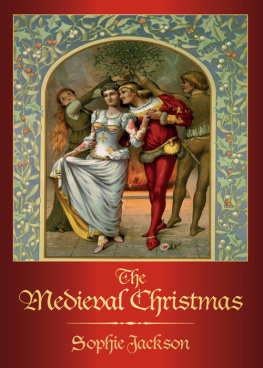

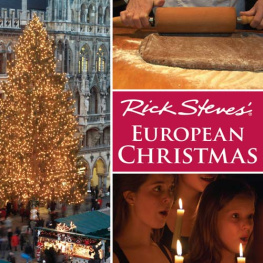
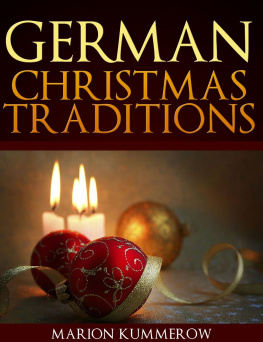
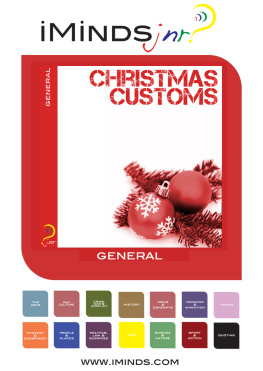
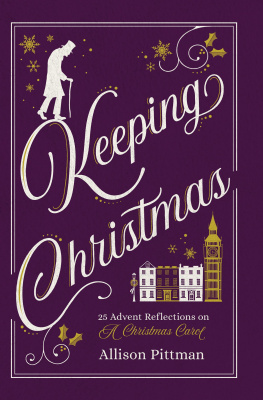
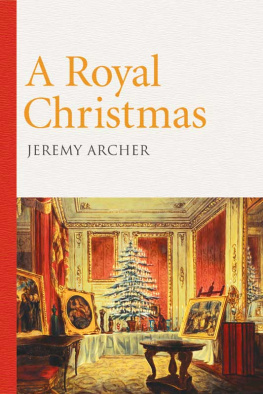
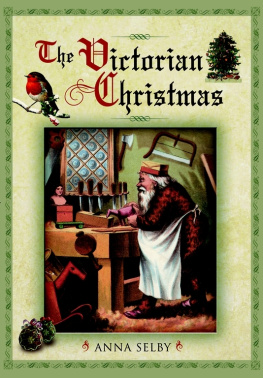
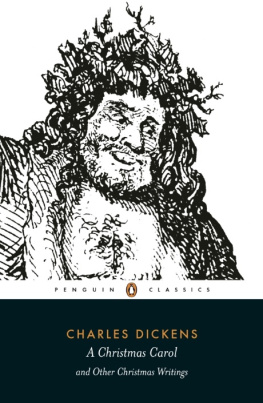

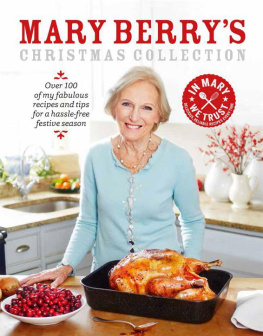
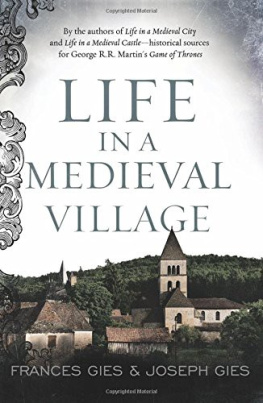



 The History of Mystery and Miracle Plays
The History of Mystery and Miracle Plays